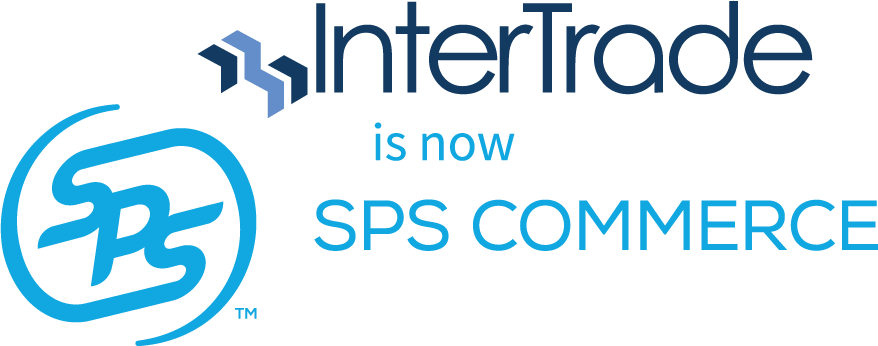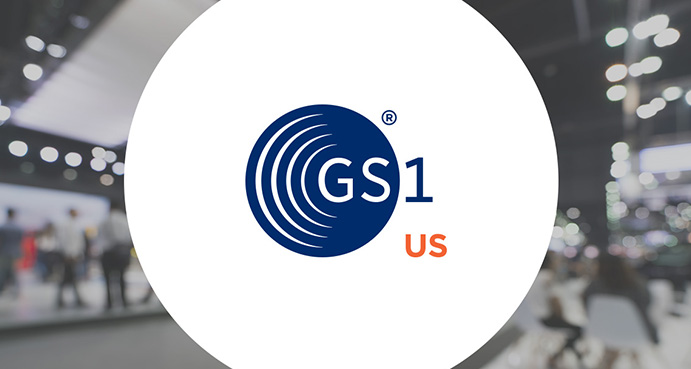Setting up an EDI integration with your trading partners can seem like a daunting task, but choosing the right cloud-based EDI solution and integration partner can simplify the process.
Firstly, what is an EDI integration?
Simply put, EDI integration is the process of establishing an EDI workflow between trading partners. It has multiple steps and requires you to make several decisions, such as determining which trading partners you will be exchanging data with and which EDI standards, protocols, documents, transactions, and endpoints will be involved. Once these elements are determined, it’s time to choose a system that’s best suited to your needs, whether you set it up in-house or opt to use an external specialist to implement and manage an EDI platform for you.
8 EDI integration steps
EDI integration involves several steps. Here’s a quick look at the main ones and how choosing the right solution can help you tick them off your to-do list with ease.
1. Meeting requirements.
To make your EDI integration easier, be sure to choose a solution that’s already connected to many trading partners. That way, you don’t need to take on the cumbersome task of writing code to meet their requirements. Instead, your EDI partner will have done the heavy lifting, and you can connect to their platform and get started.
2. Analyzing your ERP system.
Before selecting an EDI partner, ensure they provide standard ERP integration with the most common ERP systems and accounting applications. This step will save you the burden of understanding the nitty-gritty details about how your system manages its data.
3. Establishing activity triggers.
You will need to decide what activities should trigger an EDI transaction. When shopping around for an EDI vendor, make sure their platform makes this step as painless as possible for you, ensuring that you don’t have to write code to make it happen.
4. Extracting data.
Choosing a cloud-based EDI solution will make this step a lot easier. With the right solution, you should quickly extract and exchange contact information, financial information, and other vital data with your trading partners.
5. Mapping data.
EDI mapping involves translating EDI data into other formats so that messages can be turned into digital documents that you can use with your ERP system and other applications. The right cloud-based EDI solution will automatically map data to the EDI format you need.
6. Testing notification.
You will need to notify your trading partners that you’ll be testing your EDI system by sending out transmissions. Ideally, you would use an application programming interface (API) to ensure your data is valid before exchanging it with a trading partner. Some EDI solutions let you do this.
7. Testing.
After you’ve notified your trading partners, you can begin testing. Ideally, your EDI platform will let you conduct your testing at your convenience. This way, you can determine if you’re meeting your partners’ requirements and get instant feedback on whether or not your test was successful.
8. Going live.
Once you’ve set up and successfully tested your EDI integration, it’s time to go live. With the right cloud-based EDI solution, this can happen whenever you’re ready, set, go!
Contact InterTrade today to find out how its cloud-based EDI solution can streamline your EDI integration process and let you get trading with your business partners right away.




